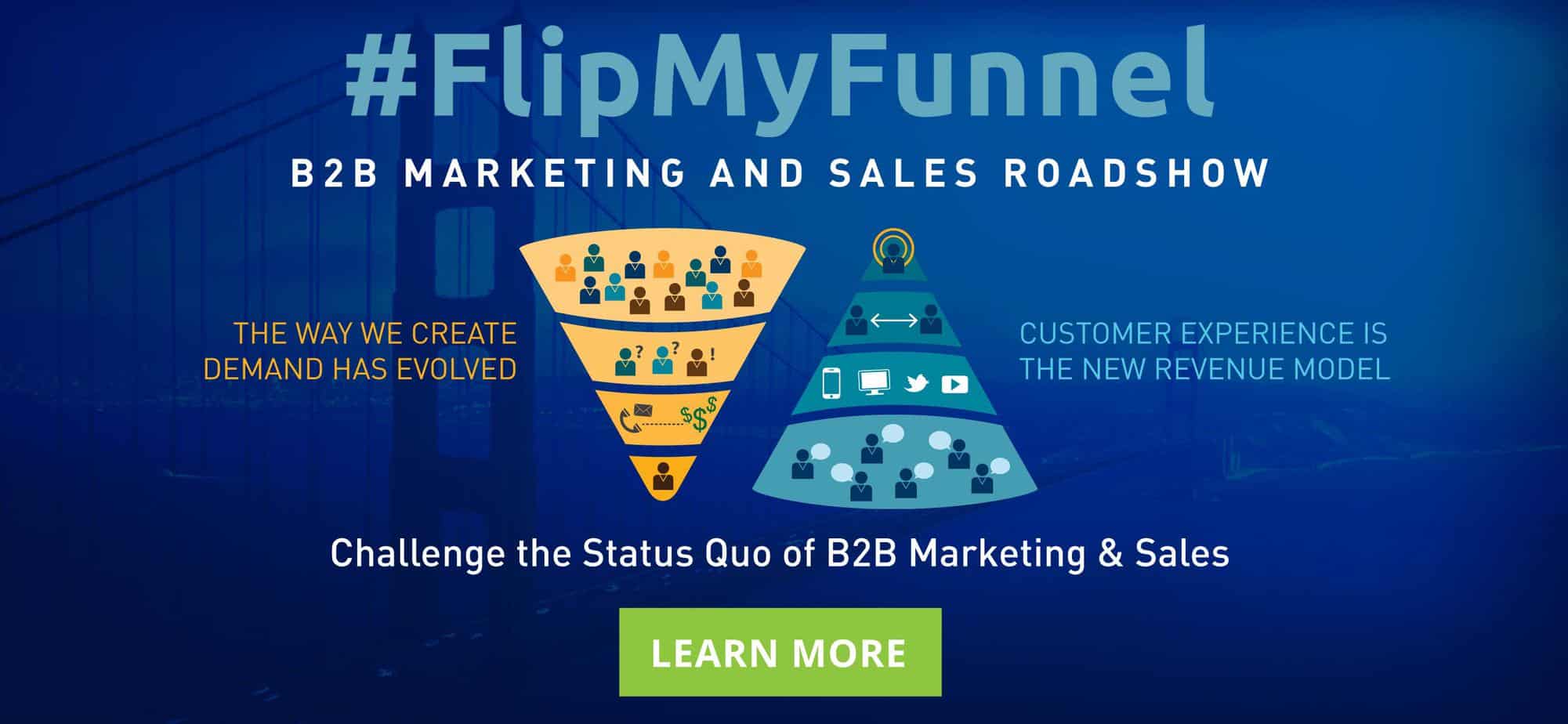This week brought us some very interesting articles from a variety of sources. Infer posted an amazing article on how predictive analytics work with ABM to identify your best-fit customer. That was followed up by LeanData breaking down the language used in ABM. We round it off with an article by Engagio on how the metrics we use to determine success have changed. Let us know what you think in the comment section below.
1. Launching Account-Based Marketing: The Top 4 Things I’ve Learned So Far
These type of articles are the best because they show us real life application of ABM. In this article by Julia Stead of Invoca, we learn the top 4 lessons that her team has learned since switching from a traditional lead-based campaign to account-based marketing.
Flipping Points:
- There is a lot of legwork that goes into picking your target accounts and the right contacts within those accounts.
- Our most successful programs are the most personalized and creative.
Key Takeaway:
An ABM strategy considers all the influencers in the account, not just the one person who answered the phone.
- Julia Stead, Director of Demand Generation at Invoca
[fusion_builder_container hundred_percent=”yes” overflow=”visible”][fusion_builder_row][fusion_builder_column type=”1_1″ background_position=”left top” background_color=”” border_size=”” border_color=”” border_style=”solid” spacing=”yes” background_image=”” background_repeat=”no-repeat” padding=”” margin_top=”0px” margin_bottom=”0px” class=”” id=”” animation_type=”” animation_speed=”0.3″ animation_direction=”left” hide_on_mobile=”no” center_content=”no” min_height=”none”][Tweet “Your marketing program is only as good as your data #FlipMyFunnel”]
2. The Language of Account-Based Marketing
This post takes a break from our usual article format but is just as informative, if not more. Mark Emmons of LeanData, presents to us an unofficial ABM dictionary. Check it out to learn the common terms used in ABM and their definition.
Flipping Points:
- Account: A company that you want to track. An account can be a current customer, a prospect, a partner or even a competitor.
- Lead: Represents a person or company not yet qualified into a contact. This is someone who has appeared on your radar and might be interested in learning more about your product.
Key Takeaway:
The evolution of Account-Based Marketing has gone something like this over the last couple of years: Interesting idea to Red-hot trend to Mainstream Strategy.
- Mark Emmons, Staff Writer at LeanData
[Tweet “Maintaining high data quality is the key to any successful #ABM campaign #FlipMyFunnel”]
3. Account-Based Marketing in a Predictive World
The best thing about account-based marketing is that it isn’t a standalone strategy. In this post by Sean Zinsmeister, Director of Product Marketing at Infer, we learn how Predictive Marketing can improve your ABM strategy and lead improved metrics across the board.
Flipping Points:
- Narrowing your list with predictive models and applications helps you focus on the accounts that are most likely to achieve ABM success metrics.
- Your target account list combined with the predicted value of each account gives you confidence that when you activate these accounts you are spending your time in the right place.
Key Takeaway:
Data science helps us make sure that when we use resources the deal size, revenue impact, and other key metrics align with our business goals.
- Sean Zinsmeister, Director of Product Marketing at Infer
[Tweet “Good content development takes time – @SZinsmeister #FlipMyFunnel”]
4. Why Traditional Metrics Fell Short in Account-Based Marketing
Account-based marketing is a very focused approach to B2B marketing. The conversion rates, leads, revenue, and pipeline are still relevant but you have to look deeper into your campaigns to see how effective ABM is. This article from Jon Miller at Engagio shows us how these new metrics can help give you a closer look at just how well your ABM campaign is doing.
Flipping Points:
- Traditional demand gen metrics simply aren’t enough for ABM. You need metrics that are suited to this specialized discipline.
- By tracking how deeply the right people at an account engage with your brand, marketers have a quantifiable way of showing development through a long nurturing process.
Key Takeaway:
The new ABM Metrics are Coverage, Awareness, Engagement, Reach, and Influence
- Jon Miller, CEO & Co-founder at Engagio
[Tweet “#Marketing needs to create influence with the people who matter #FlipMyFunnel”]
5. Artificial Intelligence for Companies Doing Large Deals
We all know what goes into B2B sales. Depending on the size of the company, you’re looking at having 5-10 decision makers that have to agree to purchase your product. The question has finally come, “What if computers could help companies sell?”. In this article by Christopher Engman, CEO of Vendemore, we explore the possibilities of artificial intelligence (AI) taking over business tasks.
Flipping Points:
- AI could gather information from a sales meeting, input information into your CRM, draft recommendations based on the information, and make sure the data is handled by finance to make sure that invoicing is correct.
- AI can help increase the trust and lower the risk feeling in potential customers.
Key Takeaway:
Account Based Marketing is today making an impact in increased trust in a buyer that is about to make a big and sometimes risky decision
- Christopher Engman, Founder and CEO of Vendemore
[Tweet “#ABM is increasing trust in a buyer that is about to make a big decision #FlipMyFunnel”]
We can’t wait to see you at #FlipMyFunnel in San Francisco. Check out the event page to learn more about our speakers and view the agenda. Join us maybe?
Register today and save your 50% off your ticket with promo code FMFBLOG50

Learn more about ABM and the T.E.A.M. account based marketing framework:
- Target – Create a target account list for ABM
- Engage – Account based advertising
- Activate – Account based sales enablement tools
- Measure – Account based analytics
See the full Terminus account based marketing platform.
Check out some account based marketing examples.
Learn more about account based marketing services.
Terminus: an account based marketing software company.
